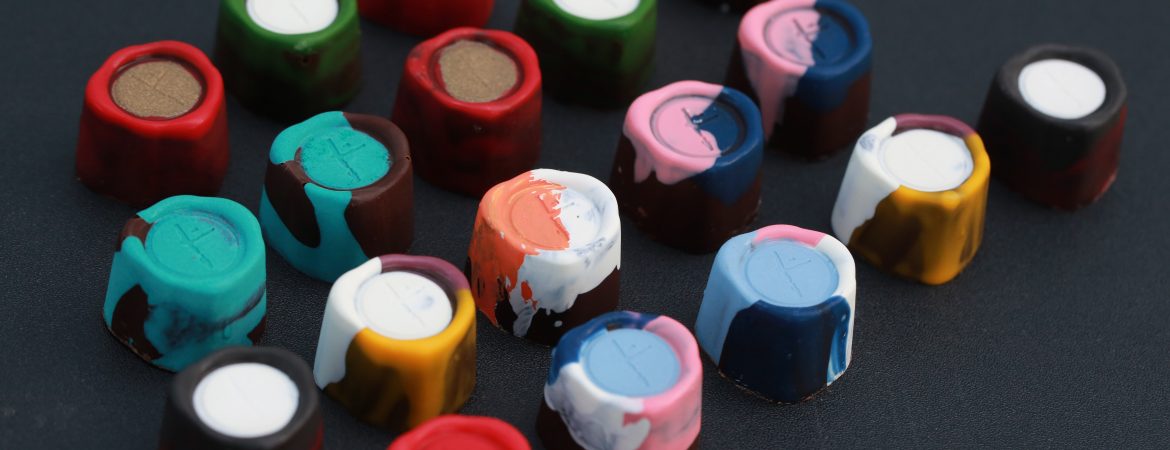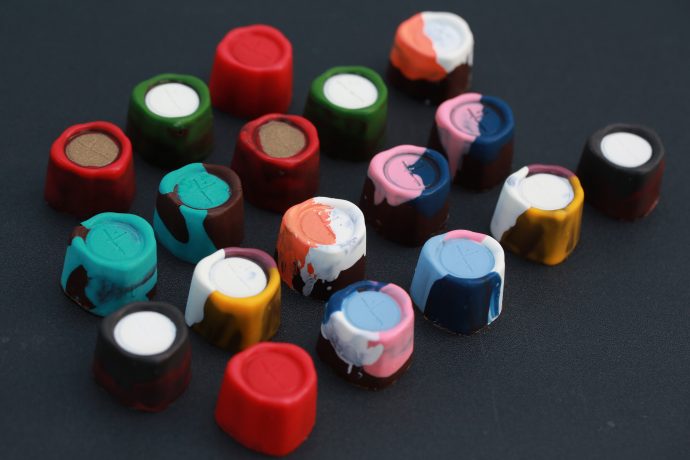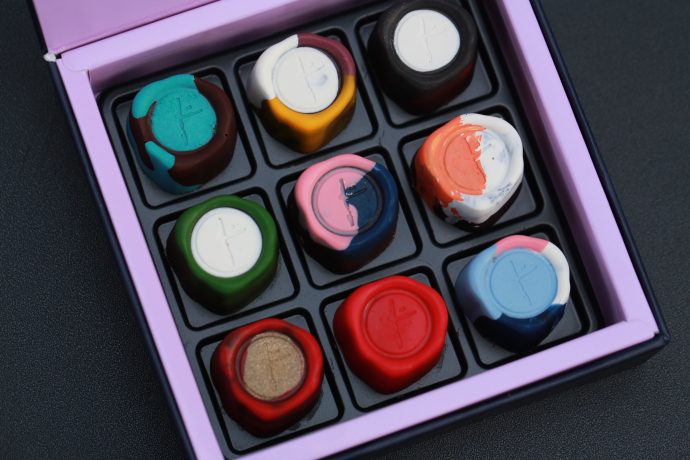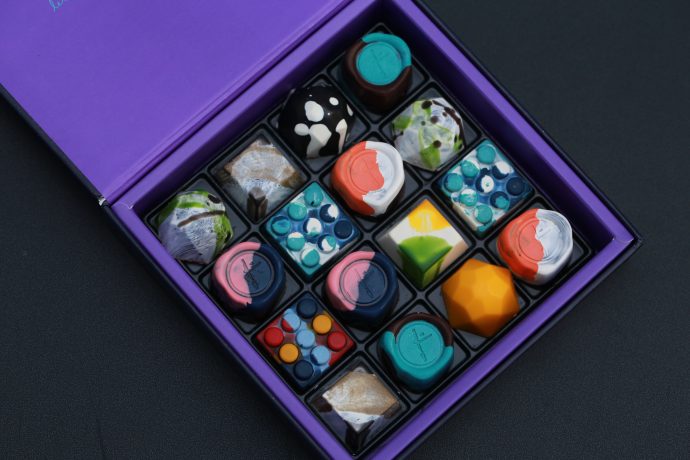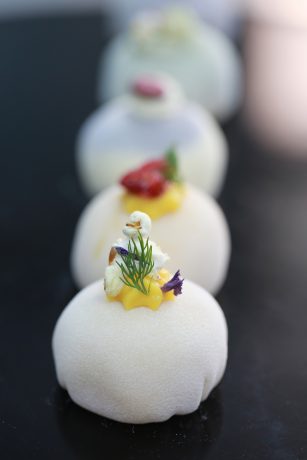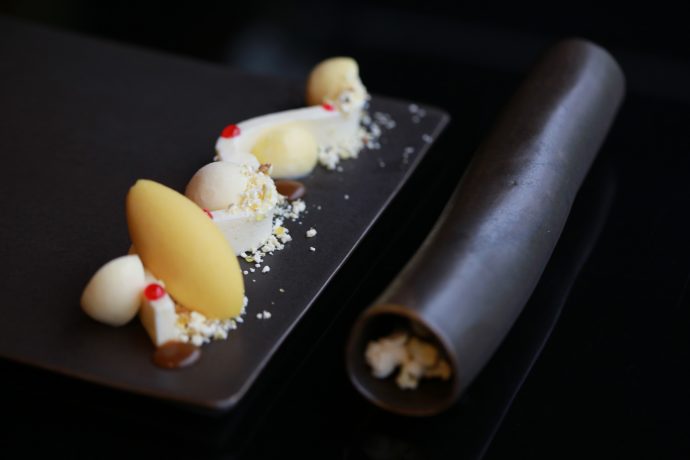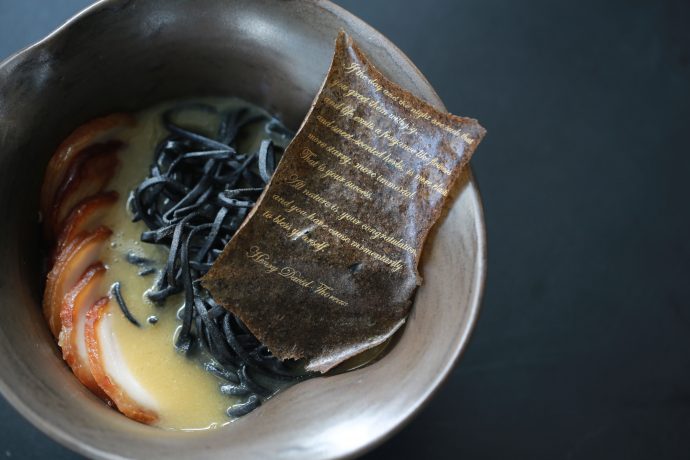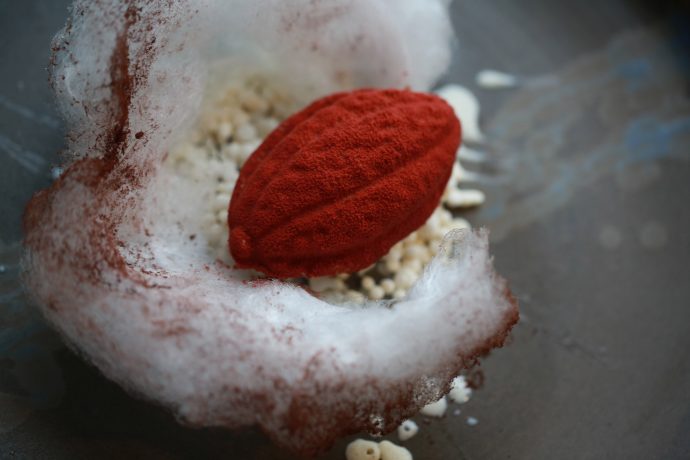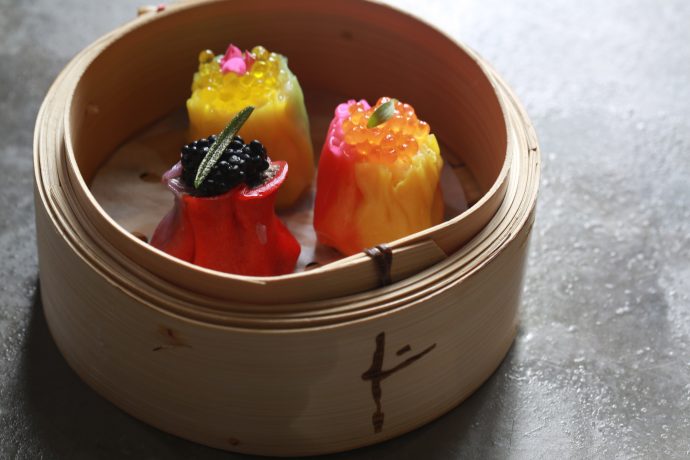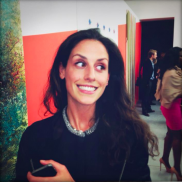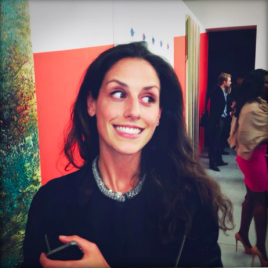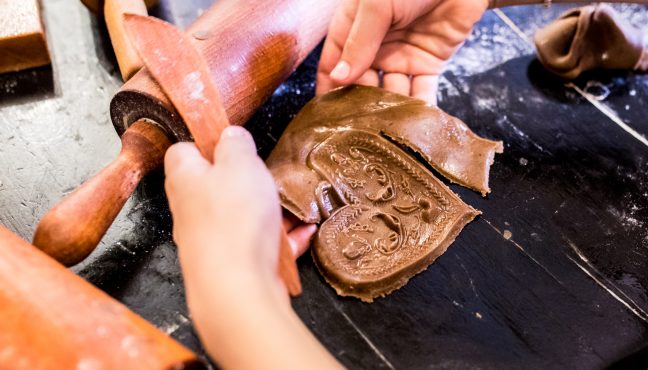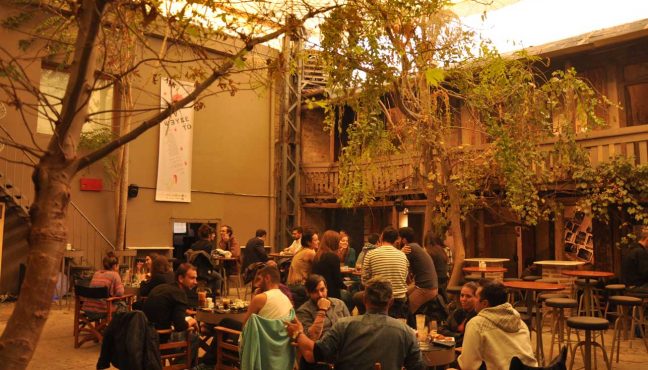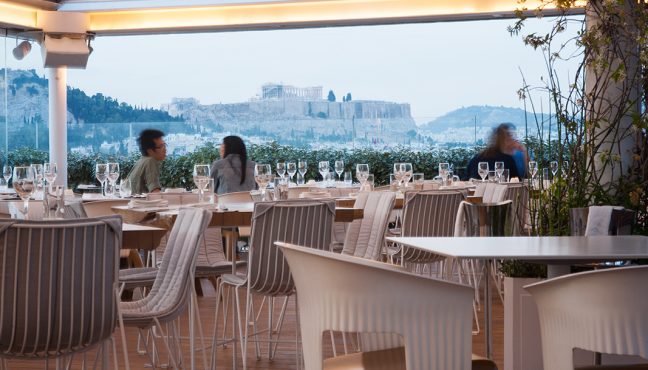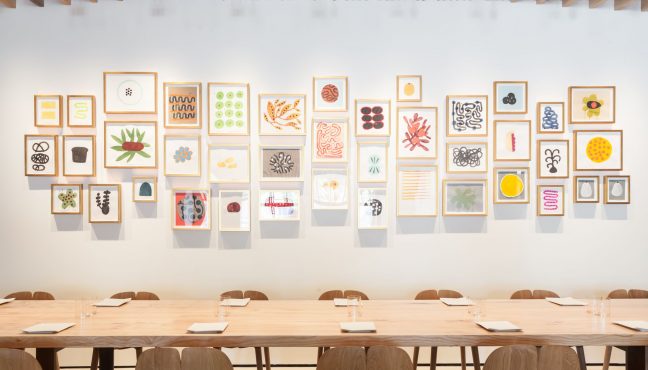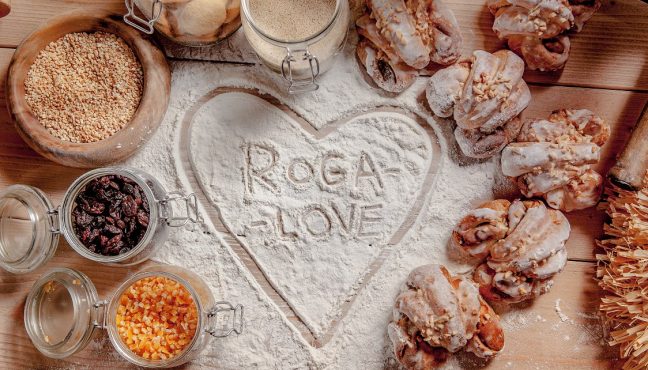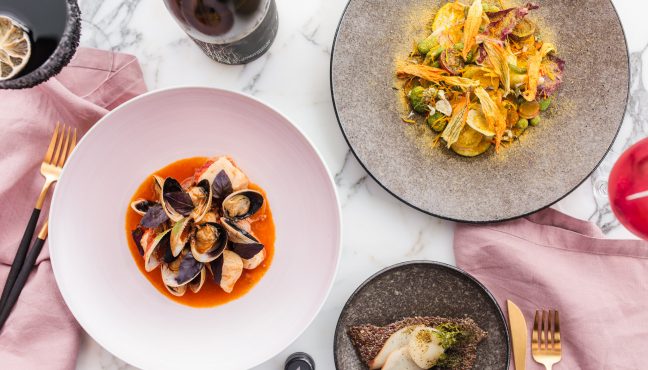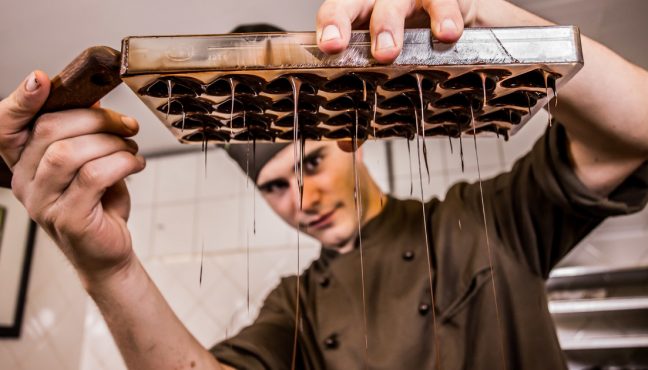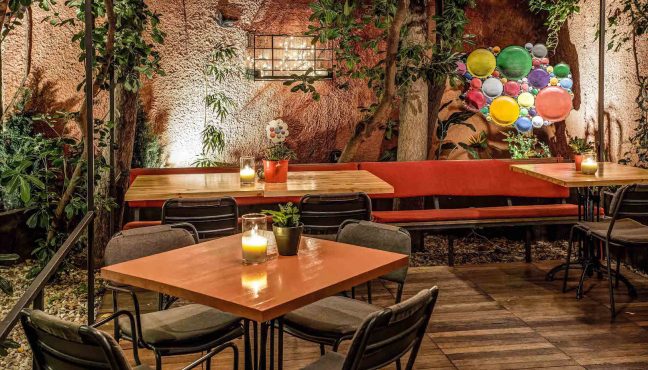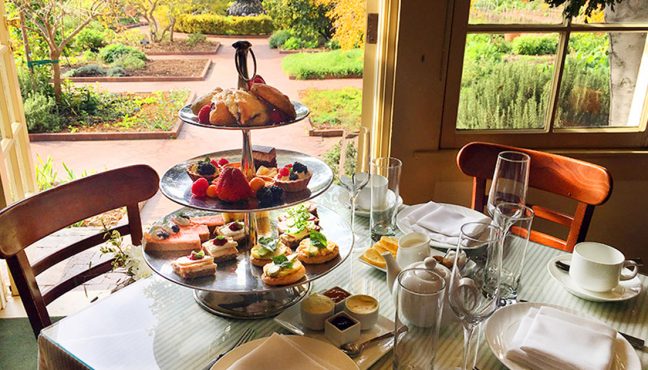Looking at Janice Wong’s delectable creations – from her brightly multi-colored confectionary, to her Pistachio black sugar ice cream that appears before you on the plate like rocks from a Japanese Zen garden, to her savoury dishes that quiver with delicate detail and unexpected parings, and lets not forget her marshmallow ceiling installation - you might imagine the creator to be a fanciful dreamer who sugars the air with whispers as she breezes pass. However, when I recently met with Wong at her eponymous flag-ship restaurant housed, like other Singaporean national treasures, within the National Museum, I was greeted instead by a young and disarmingly direct woman who operates not from a place of candy floss dreams, but rather one grounded very much in a busy reality.
I quickly realized that this should not be such a surprise when one faces the facts that Wong, still only in her mid-30s, has already created an empire that geographically spans Singapore, Hong Kong and Tokyo, across which she has a restaurant, dessert bars and retail outlets for her confectionary under her belt. She has also just opened 2am:Lab, a residency programme for international chefs to come and experiment, learn and share their knowledge with others. All this, and did I mention that this is her second career? Her first was in finance… This is one busy woman and her drive and dedication is no joke and the resulting success is no accident.


Rather than a whimsical, eccentric, Willy Wonka like creator, Wong sees herself a carrying out a divine duty in the name of the sweet toothed masses, and using what she describes as a God given talent, to expand the parameters of how we understand and experience food. This expansion happens not by chance, but rather through careful and deliberate consideration that always starts with a single ingredient. With this ingredient, she mixes the perfect combination of technical precision, a deep knowledge of the founding principles of her craft (Wong attended Le Cordon Bleu and went on to study with food world luminaries Pierre Hermé, Grant Achatz, Thomas Keller and Oriol Balaguer) along with the all important heavy dose of creativity and play. It is the careful and always changing combination of these factors that expands and reshapes everything that is expected of the initial ingredient into something that is both recognisable but also altogether new at the same time.


This delicate conversation between tradition and play is at the heart of everything that Wong does, and her ability to so deftly and organically navigate between the two is the reason for the international recognition of her originality, not only in the food world, but also beyond. Recent years have seen Wong collaborate with scientist, fashion houses, technologists and art museums, showing Wong to be a central player in the global move towards disciplines that straddle, and at times defy, conventional boundaries.
I will leave you here with Wong’s own words in response to a couple of questions that I put to her:
You have spoken about your concept as being 50/50 traditional/play – can you expand on this a little?
It is 50% play and 50% consistency. While the form of the pastries remains constant, my play on these items evolves, allowing me the freedom and canvas to express myself.
Could you describe your creative process?
It is organic. There is no set time and space for creativity.
Janice Wong is in Singapore, Tokyo and Hong Kong. Can you tell us a little about the differences and similarities of these locations? Do you work with different tastes and ingredients in each place?
Yes most definitely. In Singapore, this is home. I feel comfortable as I know the culture, palate, trends, climate and the ingredients. In Japan it is a heaven for chefs with the countless number of ingredients to work with in each season. The dishes there change every season and 12 new dishes are introduced. In Hong Kong, it is similar to Singapore, also a country I spend my childhood in and am familiar with the ingredients. The cuisine in our restaurant focuses more on the savoury menu and completing the experience with a dessertbar. In each city I taste and explore all the different ingredients available.


You work is creative but also highly technological – not only the confectionary and the dishes themselves, but also in terms of your more immersive experiential installations. Can you speak a little about collaboration and working with people in different creative industries?
I love collaborations. Especially with artists and persons of a different disciplines. You can take so much inspiration from a designer, architect, fashion label etc.
Beyond the traditional realm of restaurants and retail outlets, you have been included in art exhibitions and worked with fashion houses. Can you speak about a few of your favorite projects?
One of my favourites would be the project I did for the Singapore Art Museum. It was a very intense period of preparation as the team spent months making the thousand sugar corals. The other one is Pardes with the rainfall of flowers and I thought it was one of the more beautiful pieces in my opinion.


Has working with these other industries shaped the way that you work with food at all?
Yes. The idea was to start collaborating since 2011. We set up 2am: lab. Without these collaborations the inspirations would not have been in abundance.
You create and serve food that is seen as works of art, and you also create paintings out of food. Can you speak about how they relate to one another and how they differ?
In 2007 when I open 2am: dessertbar, I serve desserts on a plate and they were to me pieces of art on a plate. In 2011, I started playing with food and painting with it on a canvas. My first edible art piece was a marshmallow ceiling. Philosophy and approach to food art changed and then in 2011, art was made of food.
